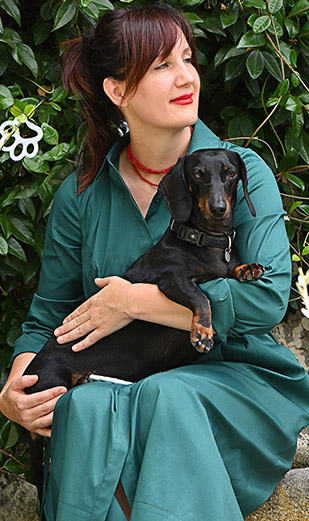Is it only a “tube”?
The tube we are talking about is an organ we often under estimate and forget about, the Esophagus. Esophagus is a pointed, tubiform, fibro muscular organ that cross the neck on the left of trachea, from the pharynx to the end of the mouth. It cross the rib cage, behind the heart and finally cross the diaphragm, enter in the abdominal cavity and end in the stomach through cardias.
Its anatomic structure is composed by a mucosal epithelium stratum, a muscular stratum with striated and smooth fibers, and an external connective tissue stratum with volunteer and not volunteer nerve fibers.
Its function is to transport food from the mouth to the stomach, this is the reason why it has muscular fibers. The area is very delicate and exposed to possible trauma or to the contact with gastric acid contents.
As other organ, it can suffer from hereditary or genetic diseases, like megaEsophagus: some muscular fibers can be damaged, the consequence is the inability to swallow food that causes regurgitation that is different from vomiting.
Obstructions can be caused by ingested foreign materials or voraciously ingested materials. Generally they are little bones, fish bones, snacks or small pieces of toys that get stuck in the esophagus.
Even in this case, regurgitation is a consequence. Animals will try to get rid of foreign material and if they will not succeed, it is necessary to go to a vet.
In some case pointed objects, like needles or fishing hooks can cause fever and pain and some times the obstruction are caused by other organs placed near the Esophagus.
It is important to avoid to give foreign materials like bones or sticks to our pet because they can scratch esophagus and provoke inflammation and regurgitation.
More serious are esophagitis with vomiting. Continuous contact with gastric acid material corrodes esophagus and provokes pain and vomiting with traces of blood.
If Esophagus is affected by neoplastic forms it is necessary to proceed with clinical assessments and rapidly find the problems.











